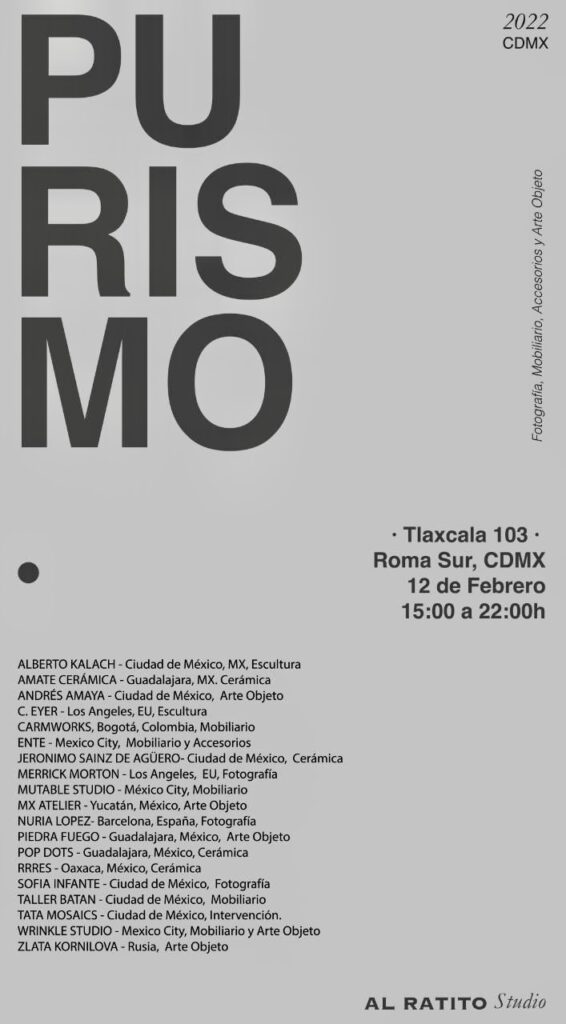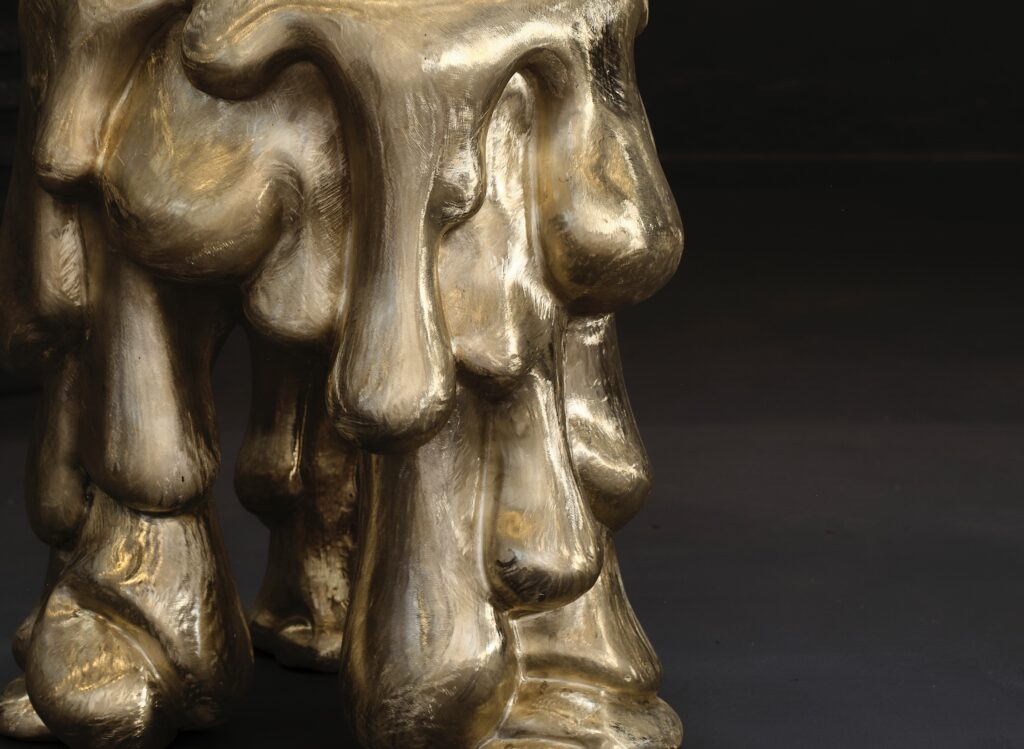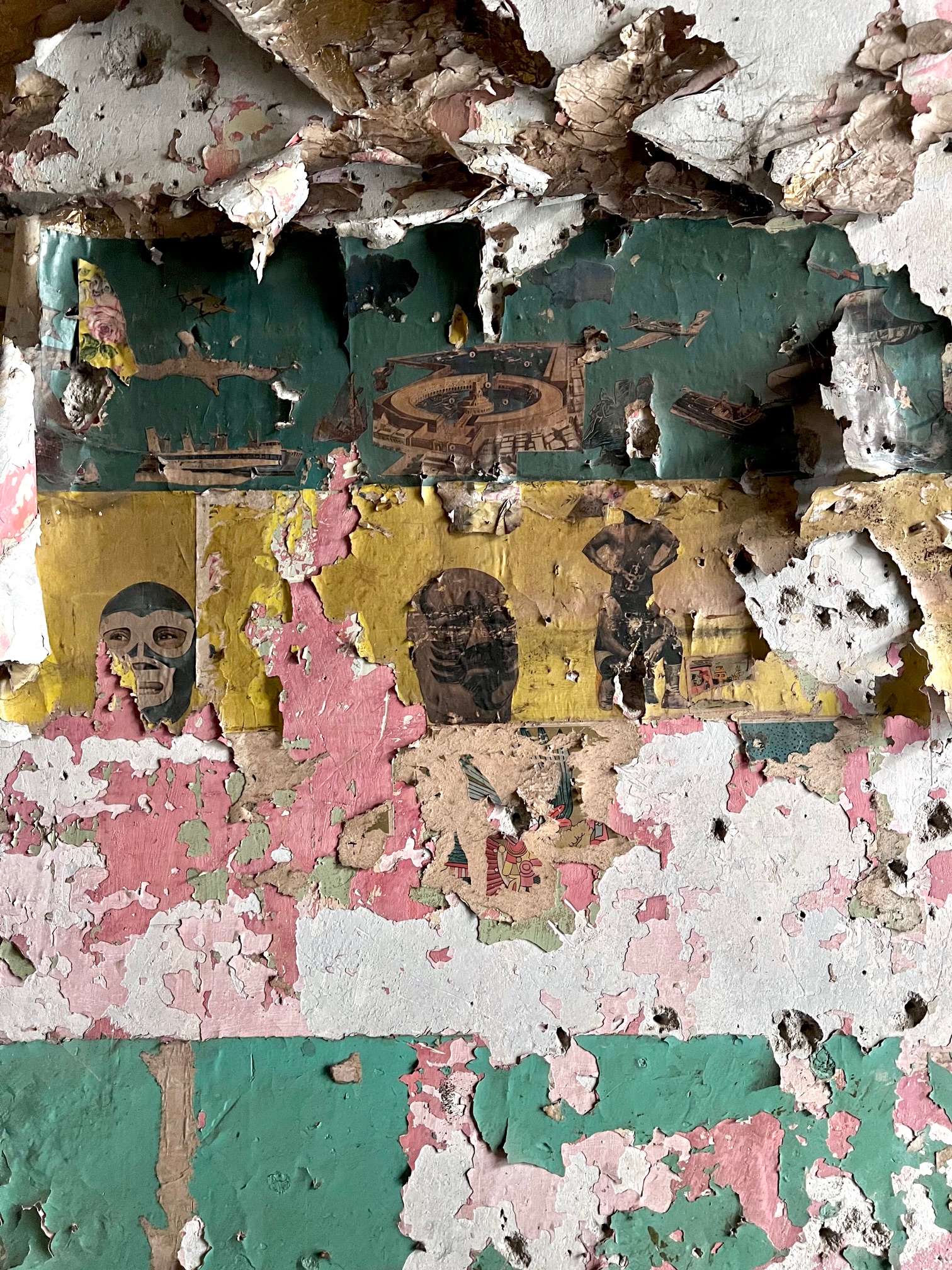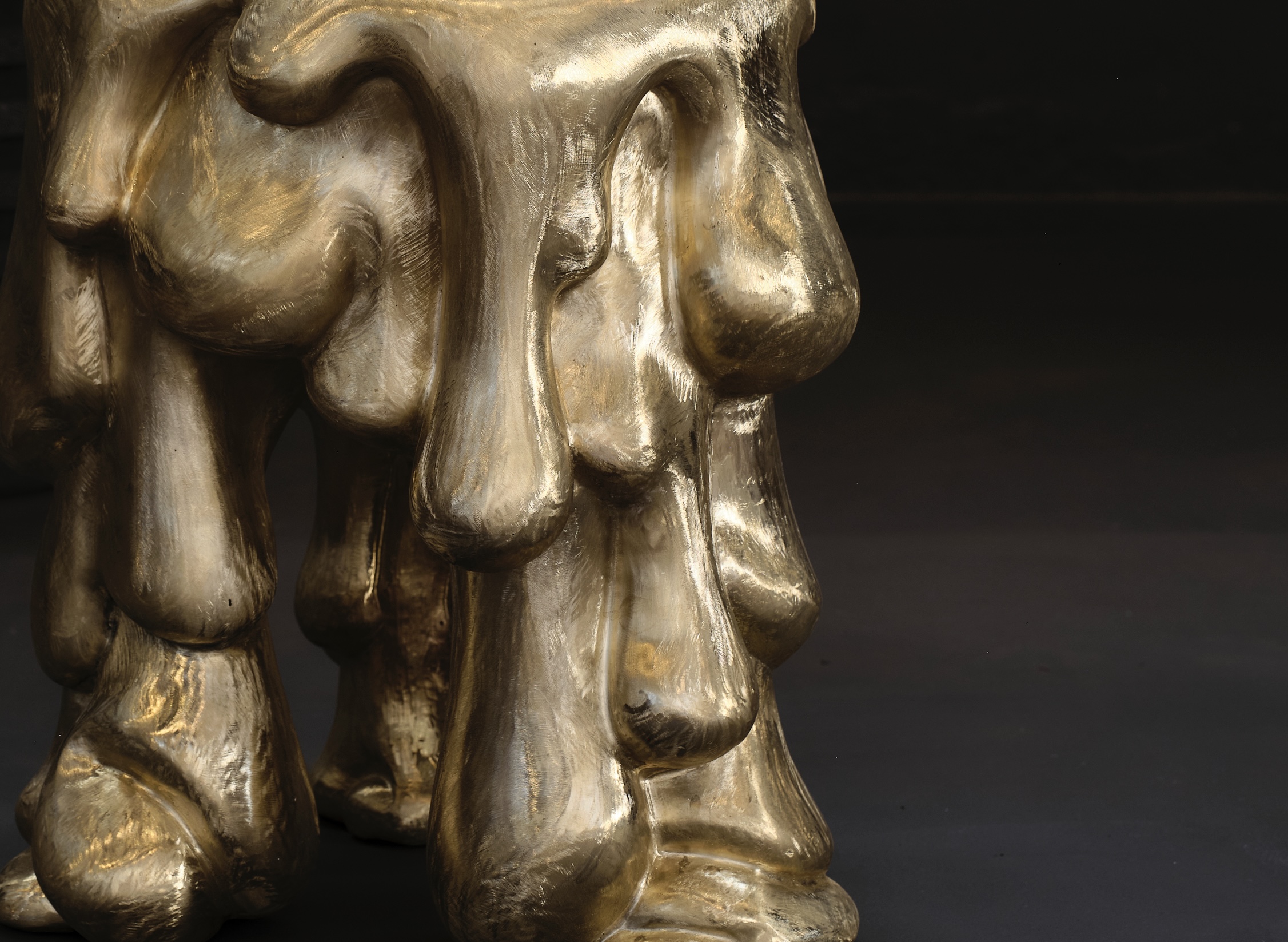
Past & Upcoming Exhibitions
Temporary spaces, long-lasting stories.
From abandoned factories to raw architectural shells, our exhibitions explore tension, materiality, and emotion — in dialogue with the space itself.
Upcoming & Past
Upcoming Exhibitions


Art and Design Exhibition Set in the Yucatán Jungle
“Finding Creativity and Identity In Between Spaces”
October 23–28, 2025
Yucatán, Mexico
MARFA
Texas, June 5-8, 2025


ALRATITOStudio will be exhibiting from the 5th to the 8 of June at the Do Right was built in 1886 and was the first church of Marfa. It is an all adobe structure. The hall is nearly 1000 sq. ft with exquisite natural lighting.
Dip into Aztec mythology and you’ll find the sacred agave plant symbolizes passion and transformation. Colorful versions of the legend include a beautiful goddess, Mayahuel. The goddess enters a passionate but ill-fated love affair, only to be reawakened as an agave plant. Her syrup provides a comforting elixir for those mourning her demise. But there is so much more than tequila to unpack in this gift from the gods.
An 18th-century Swiss botanist gave the plant the name we call it by today. Agave is derived from the Greek word meaning “illustrious,” and Greek mythology has a legend around a woman named Agave who was queen of the Maenads, followers of the god of winemaking.
Native to Mexico and the Southwest, agave thrives in the hot, dry desert. Various species can be 5 inches or 10 feet wide, rigid as a sword or languorous as an octopus. Sharp-tipped, fibrous leaves store water, protected from evaporation by a waxy coating, and they wear a myriad of shades ranging from blues to greens, edged with white filaments, razor-sharp red teeth or yellowish stripes.
One well-known species is the century plant, so named because it takes a very long time (10-30 years) for its one and only blossom to appear before it dies. Talk about a late bloomer. Age is beauty when it comes to the agave, for the older the plant, the more beautiful and useful she becomes.
Let us know if you’re nearby—we’d love to meet you!
Past Exhibitions
FOUR ON THE FLOOR
Milan, April 6–13, 2025
ALRATITOstudio is in Milan for the FOUR ON THE FLOOR exhibition.
FOUR ON THE FLOOR, conceived by Thomas Cooper Studio, Los Angeles, California, is an annual collaboration between four decorative artists, each creating a unique sculptural torchiere. A narrative on the intersection of art and design, material and technique – from the individual to the universal perspective.
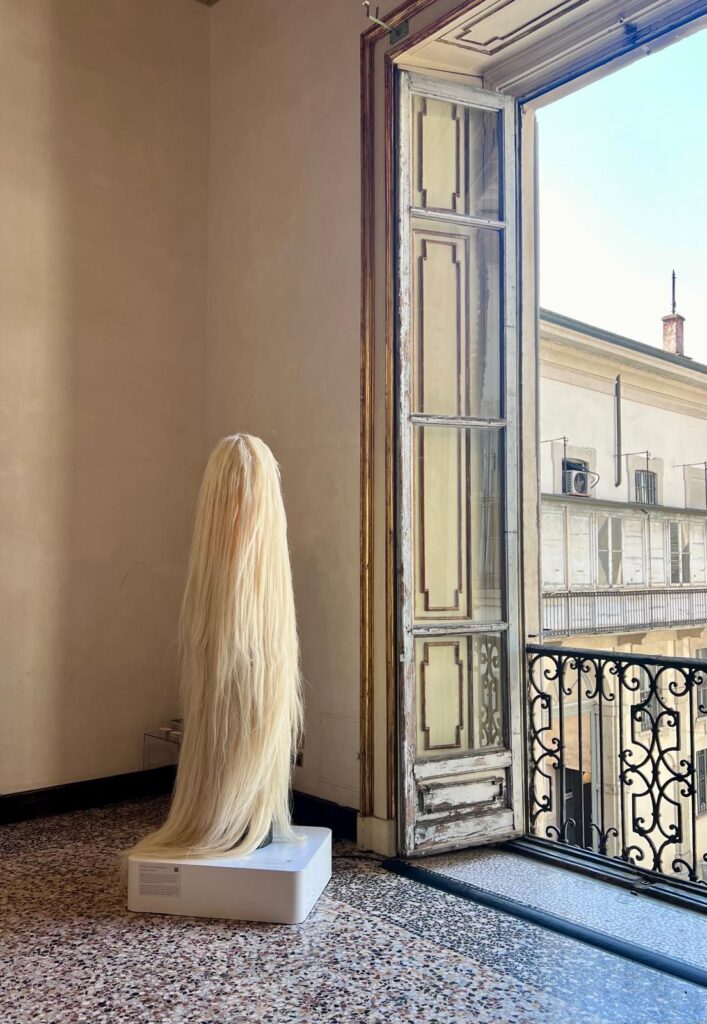

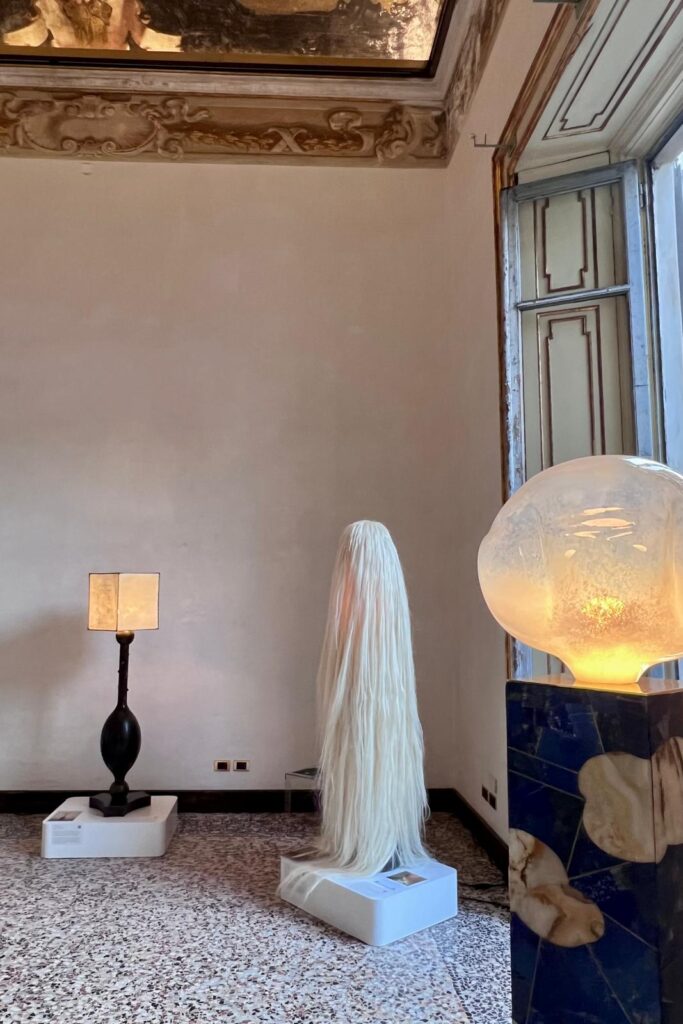
FACTORÍA DE NADA
Mexico City, Art Week 2025
Set within the raw industrial bones of a former textile factory in Azcapotzalco, Factoría de Nada transforms a historic space into a site of radical imagination.
Co-curated by ALRATITOStudio, Galería Errante, and Marion Friedmann Gallery, the exhibition unfolds during Mexico City Art Week and brings together over 50 artists, designers, and performers.
More than an exhibition, Factoría de Nada is a provocation — a poetic meditation on absence, overproduction, and creative reinvention. Within this “Factory of Nothing,” objects, performances, furniture, and art installations invite visitors to rethink value, purpose, and presence through the lens of experimentation, absurdity, and transformation.

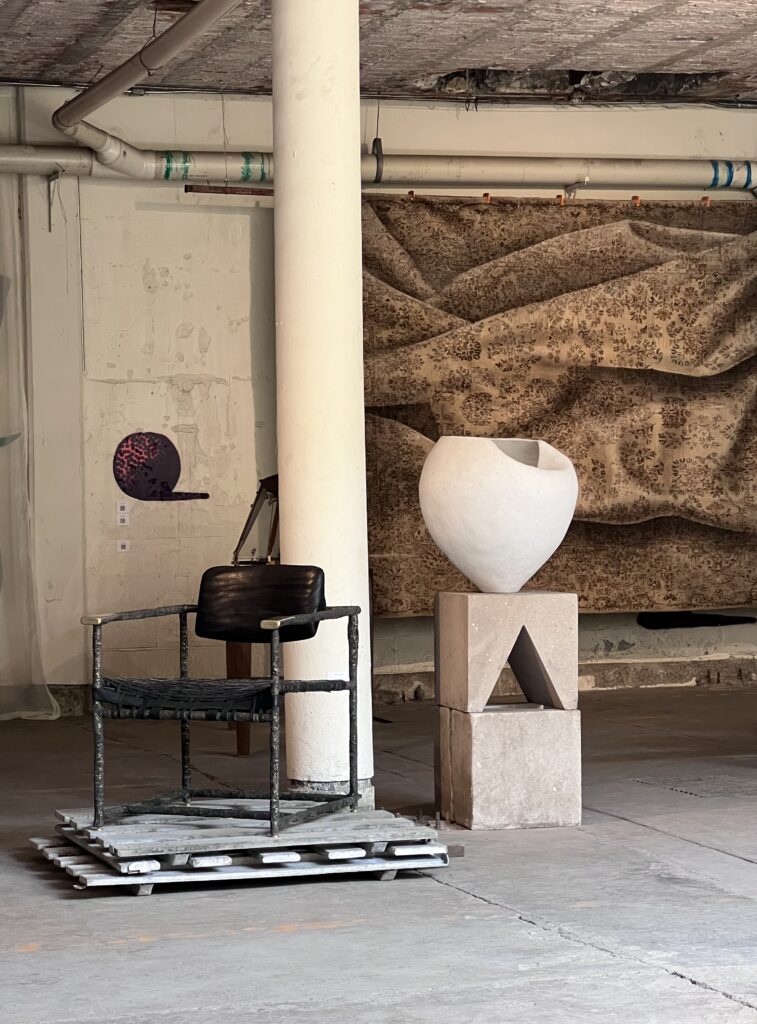




CASA DEL ATRIO
Design Week Mexico, Mexico City, 2024
“Chance must be recognized as a new stimulus to artistic creation.” — Dada
Despite our best efforts to control our lives, chance remains one of the few constants.
Happenstance often leads us down unexpected paths and unveils new worlds we never anticipate.
Inherent in even the most controlled forms of creative endeavor, happenstance informs and shapes the artistic process: materials act in unexpected ways, inspiration strikes at the most unanticipated moments, and the deliberate introduction of chance elements becomes central to many artistic practices.
This exhibition celebrates the magic of the unplanned: ceramic works emerge from the unpredictable process of firing clay, photographs capture slices of spontaneous journeys, and sculptures reveal unexpected design in found objects.
Embracing happenstance injects excitement and spontaneity into our lives, guiding us towards uncharted territories and fresh experiences. It reminds us to stay open-minded and receptive to the surprises that life has in store.
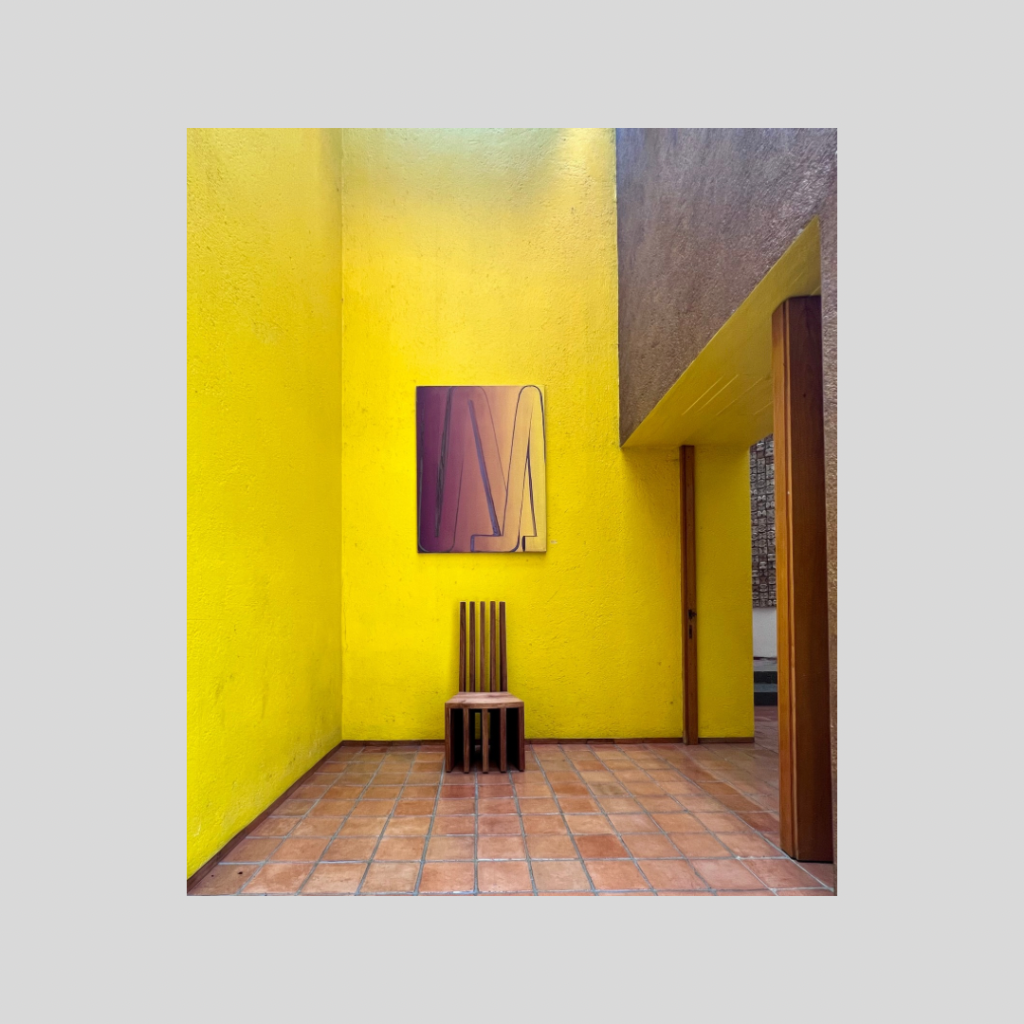
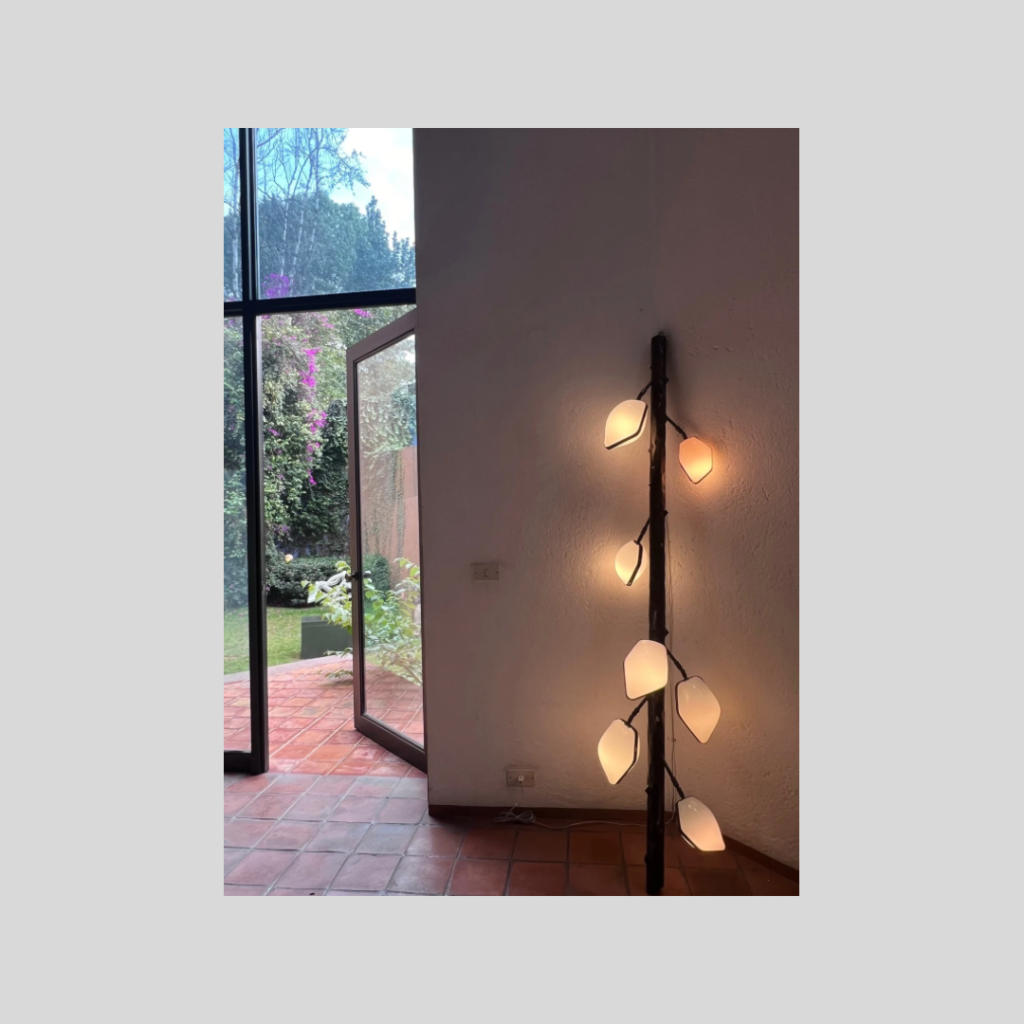
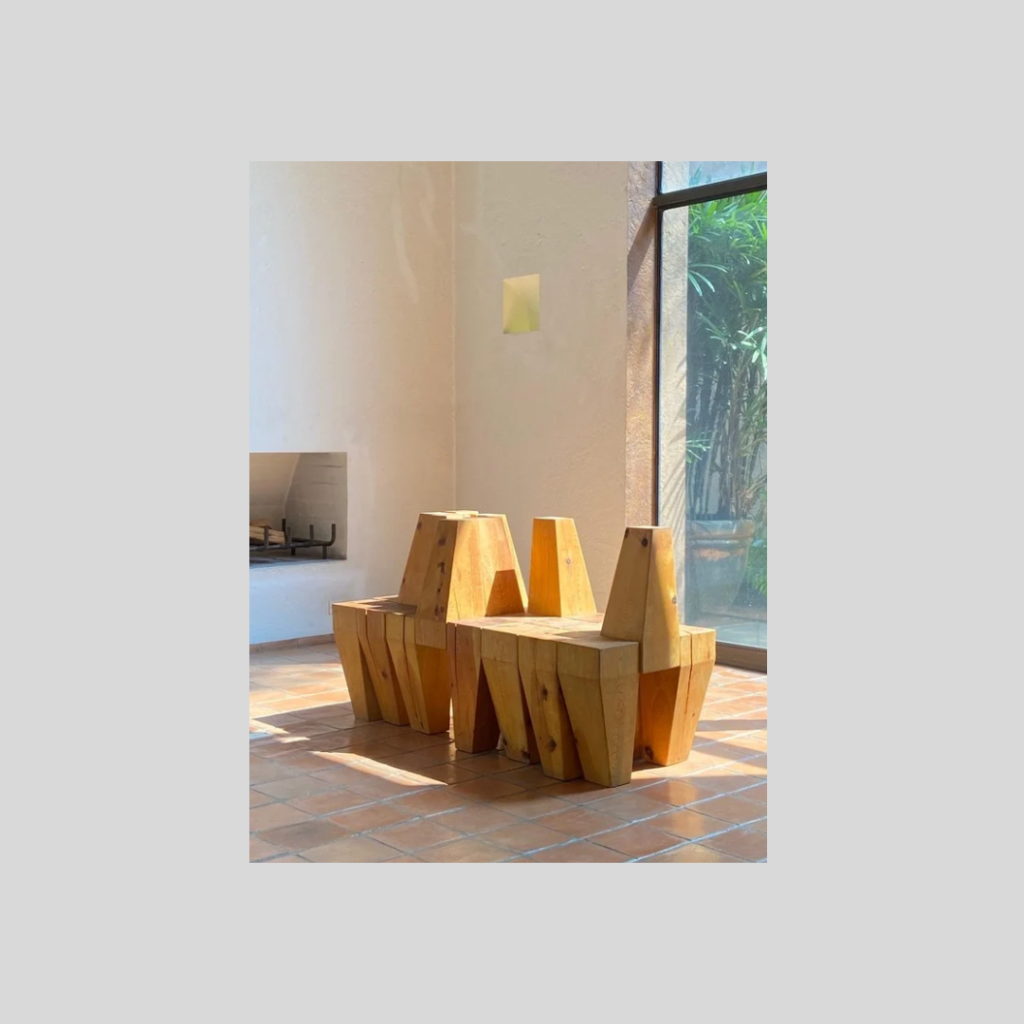

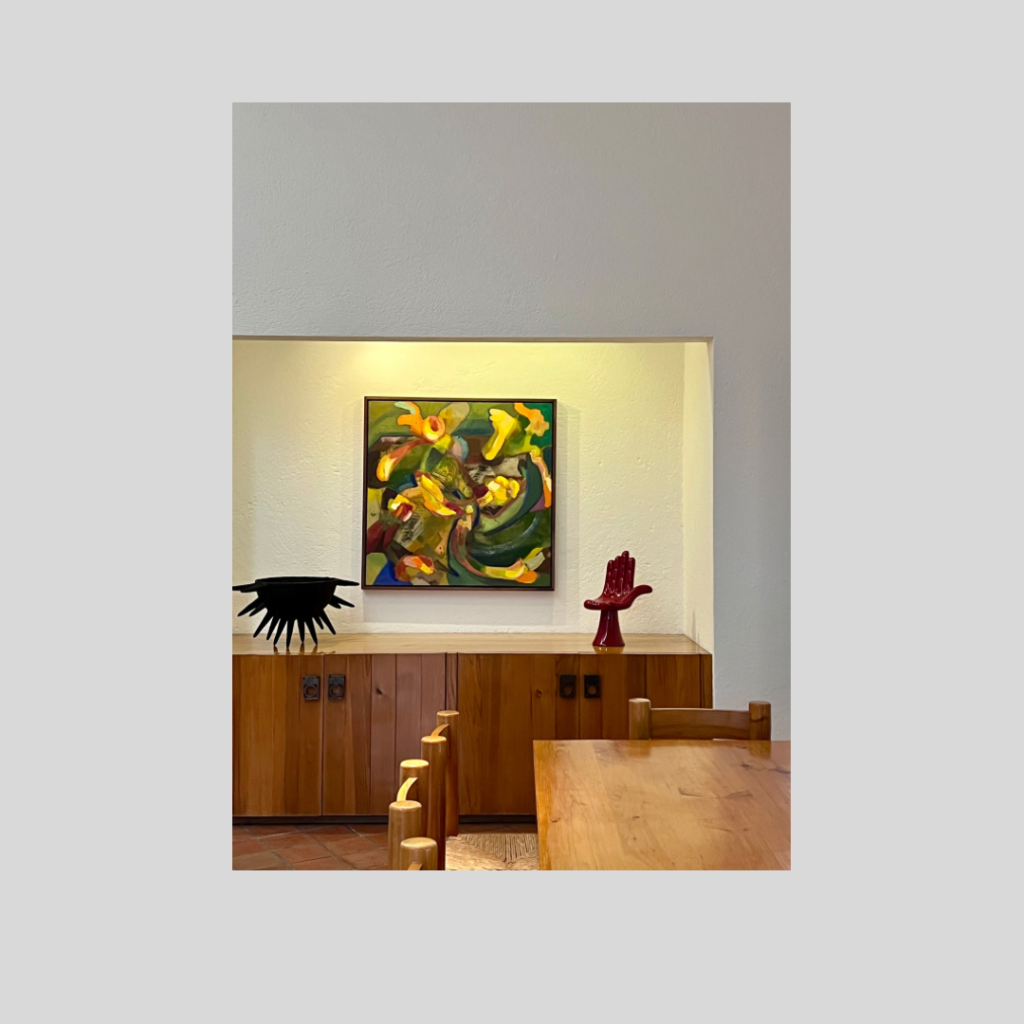

THE NEW WEAVE MOVEMENT AT TWENTY ONE TONNES
Los Angeles, October 2024
Participants — Casa Textil, MX Atelier, and Coco Brun
Photography and video by Luis Enrique Aguilar Pereda


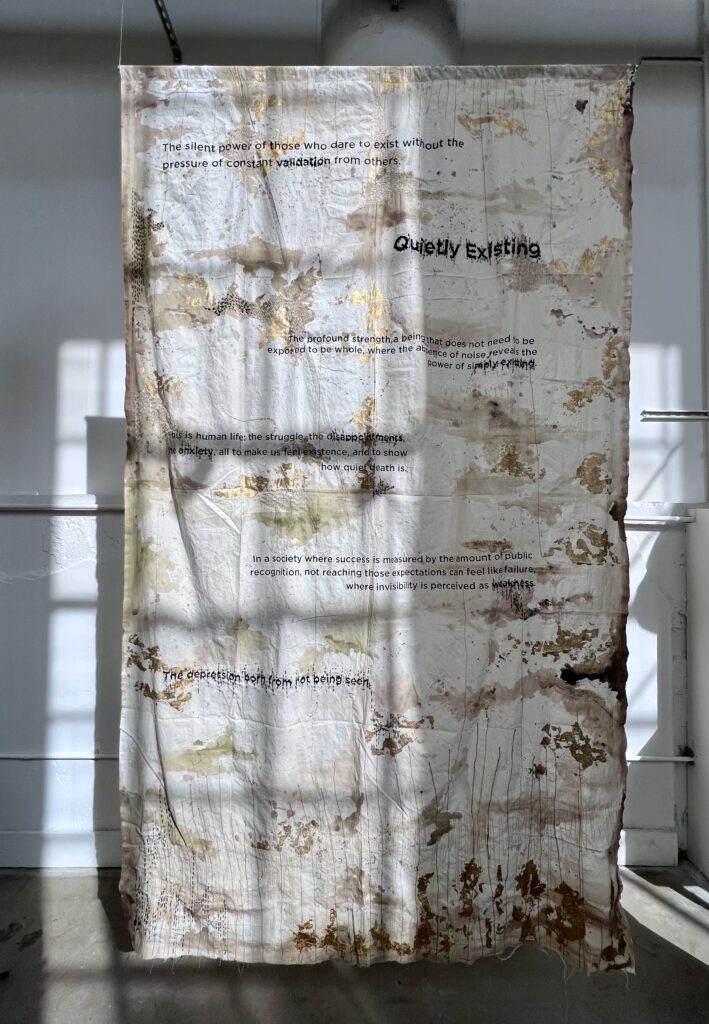
“The show brings together artisans and designers from Mexico and France, showcasing an extraordinary blend of traditional and modern textile artistry.
Highlighting techniques such as Mexico’s ancient back-strap loom and Europe’s sophisticated jacquard weaving, the exhibition celebrates the cultural exchange of craftsmanship. Artisans use traditional fibers and intricate patterns, while others push boundaries by incorporating contemporary elements, like paint applied directly to fabric. These innovations transform traditional methods into dynamic, artistic expressions, bridging past and present. The show not only honors ancestral techniques but also redefines them, creating unique pieces that reflect both heritage and modern creativity.”
— Nadia Guitteau, ALRATITOStudio
GARDE TEXAS, Dallas
Dallas, May 2024




GARDE Texas invited ALRATITOStudio
to present emerging designers working in Mexico City.
NO SE VENDE
Art Week Mexico, Mexico City, 2025

No Se Vende is an exhibition showcasing over fifty established and emerging artists, designers, photographers, and performers, opening on February 6, 2024, at 28 Ignacio Allende, CDMX.
Curators Nicole Alejandra Pierpont (Casa Mimi), Nadia Guitteau (ALRATITOstudio), and Alessandra Migliano (Galería Errante) bring together a collection of diverse works including design, painting, sculpture, photography, fashion, and performance in the heart of Mexico City’s Centro Histórico.
At the core of the exhibition is the first Mexico City presentation in nearly forty years of La Historia de la Comunicación y el Transporte, a mural by Alfonso X Peña—presented by art dealer and curator Dermot Begley—which was recently exhibited at Chapingo University alongside works by Diego Rivera.
No Se Vende takes place inside a previously unseen nineteenth-century mansion, once owned by Porfirio Díaz and briefly used as a military prison during the revolution.
Covered in dust and rich with history, the space reveals itself as a time capsule of another era. It inspires much of the curatorial approach—an interplay between decay and revival, memory and imagination.
This forgotten house, nestled in the vibrant chaos of downtown, now becomes a stage for voices that defy silence. With artworks and performances spanning generations and geographies, No Se Vende challenges conventional notions of value, permanence, and cultural legacy. The mural by Alfonso X Peña, once a hopeful vision of the future, now stands surrounded by the fragile remains of a bygone age—its message transformed, yet still resonant.




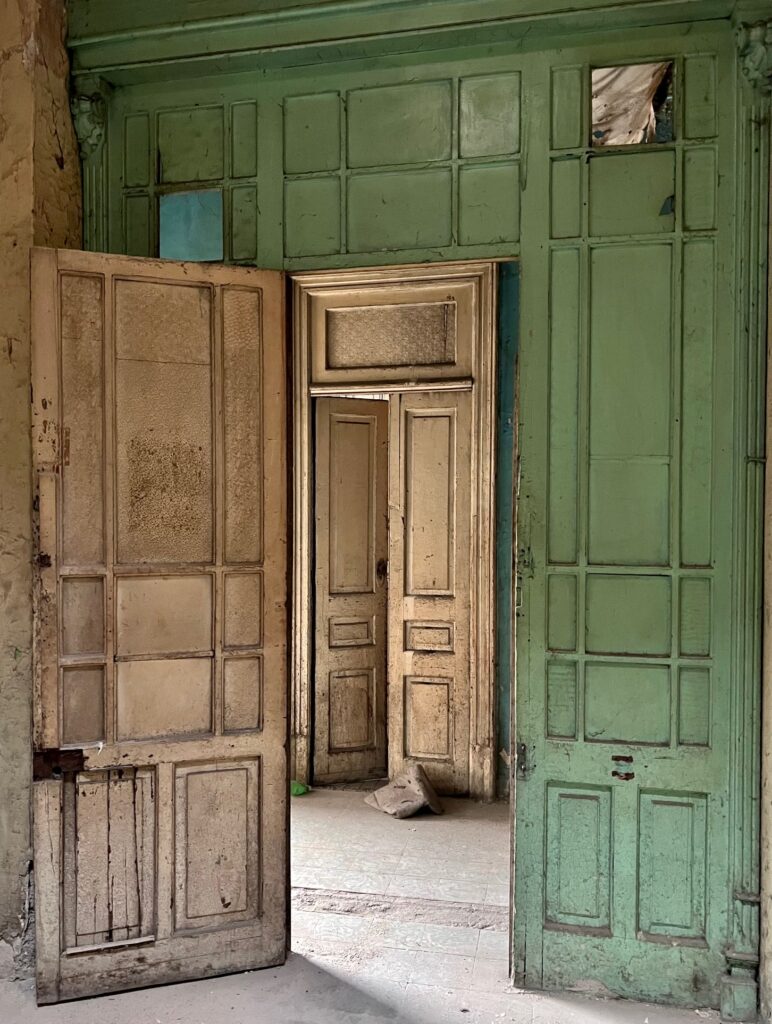




DANCING MERIDIANS
Mexico City, Nov-Dec 2023
A playful visual conversation between contemporary collectible design and contemporary art in Mario Pani’s iconic Reforma south tower.
Aitor Eguia; Anna Virnich; Arturo Hernández Alcázar; Cada Estudio; Daphane Park; Deceres; Edaa; Ente; Federico Stefanovich; Galia Eibenschutz; Gerrit Frohne-Brinkmann; Greenmeme; Jerónimo Sainz de Agüero; Julius Heinemann; Lili Cortina; Martin Soto Climent; Mutable Studio; MX Atelier; Randi Mates; Shiho Amano; Tracy Wilkinson; Yvonne Venegas
Curated by Nadia Guitteau of ALRATITOStudio and Polina Stroganova, art curator based in Mexico City.
With the kind support of Macondo and Daniel Fisher.
“It has been the special genius of our century to investigate things in relation to their context, to come to see the context as formative on the thing, and finally, to see the context as a thing itself.”
— Brian O’Doherty, Inside the White Cube

Dancing Meridians is set as a spatial choreography, a multidisciplinary display that incorporates the visual, the haptic and the sensorial. The show brings together 22 international designers and artists in an iconic Mario Pani flat from 1956, that was then set out to open the “Door” to Mexican Urban Modernity.
Quite in the spirit of the architect, Dancing Meridians plays with its environment; the architecture that it inhabits, its materials, its light, and its beautiful imperfections.
In this show, the works on view intuitively connect through their textures, spatial discourses, materiality, feeling of gravity versus agility, rigid forms and fragile shapes. Instead of “isolating” the individual art works from any “alien” environment, as has been the mission of any classical white cube throughout the 20th century, this show deliberately shifts away from this notion and challenges the idea of interplay and context. In fact, the display of each room is enhanced through additional museographic elements, such as plants, draped textiles and crates. It is a show that needs to be experienced, danced through, in order to explore all of its playful, fluid parallels between the lines of a plant, a hanging lamp or falling hair. You might discover a snake in the jungle or beautifully random cracks in Pani’s walls being echoed in some of the objects on display.
Ultimately, we live and interact with everything that surrounds us. Let’s emphasize the characteristic of each piece through its relationship to the other and generate that third space.
Polina Stroganova, Mexico City 2023



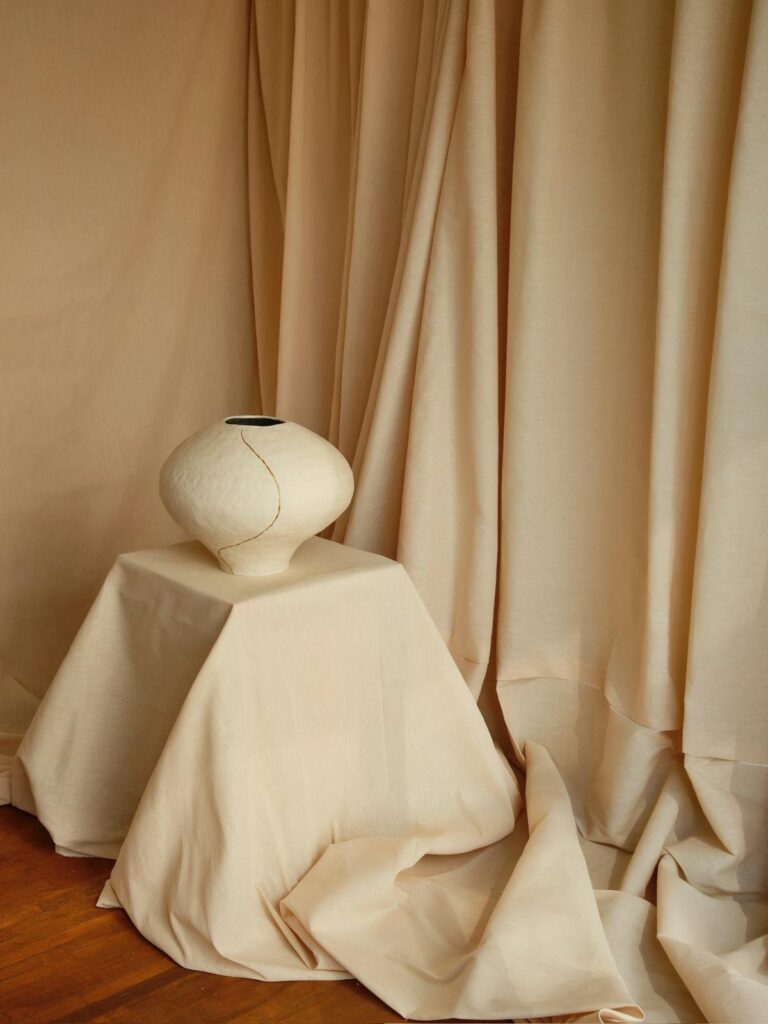

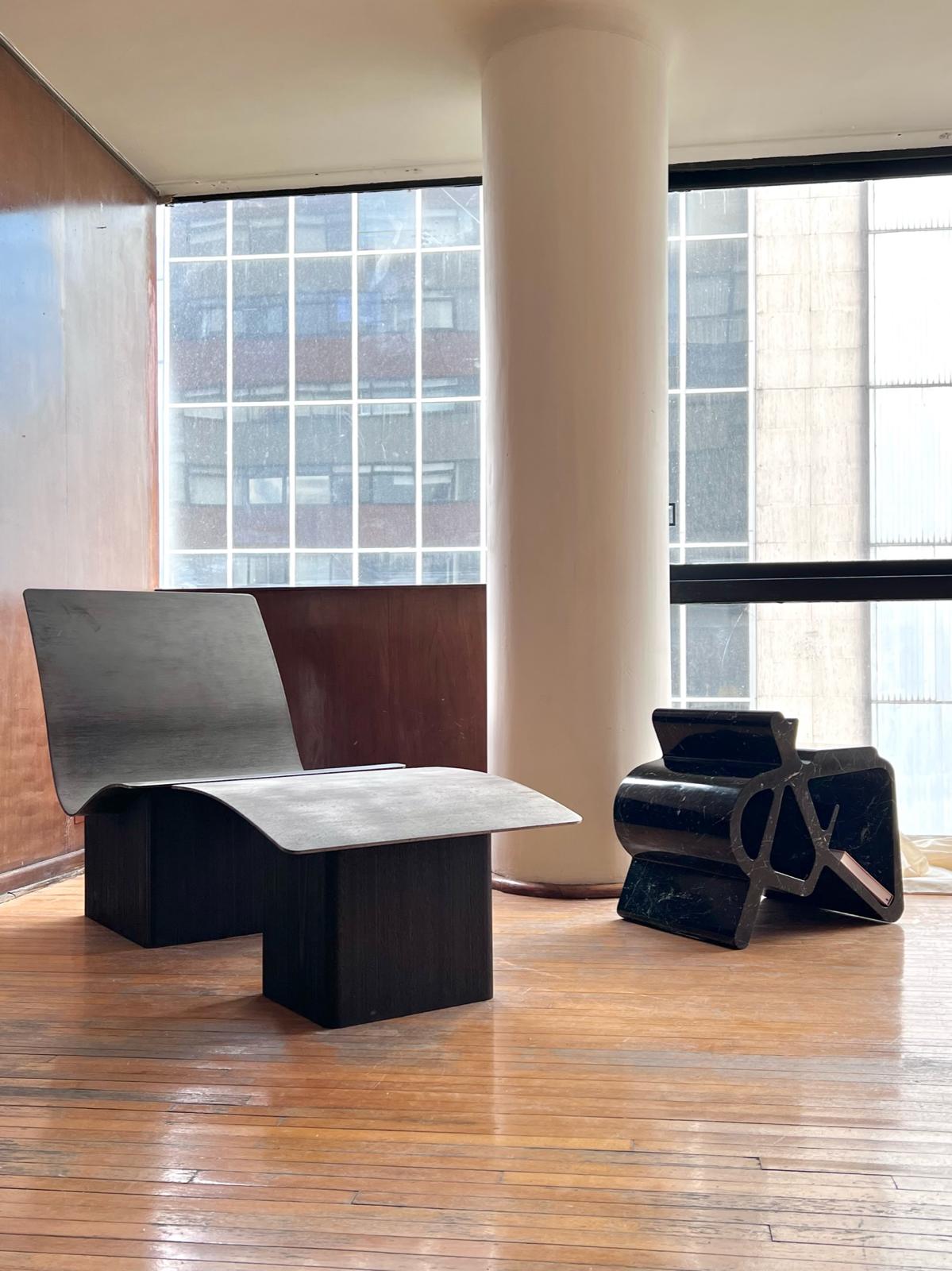
LO SUBLIME
Art Week Mexico, Mexico City, Feb. 2023
ALRATITOStudio invites you to its second group show Lo Sublime on February 2nd at Córdoba 225, in Colonia Roma Norte.
An encounter with the sublime is both disconcerting and comforting, pleasurable yet undefined.
In the mid-18th century, English philosopher Edmund Burke defined the sublime in art as a kind of greatness beyond all possibility of calculation, measurement, or imitation. He described the sublime as an artistic effect that evokes the strongest emotion the mind is capable of feeling.
LO SUBLIME transports the viewer in an unknown realm, nonmaterial, eerie but, above all, seducing and mesmerizing.



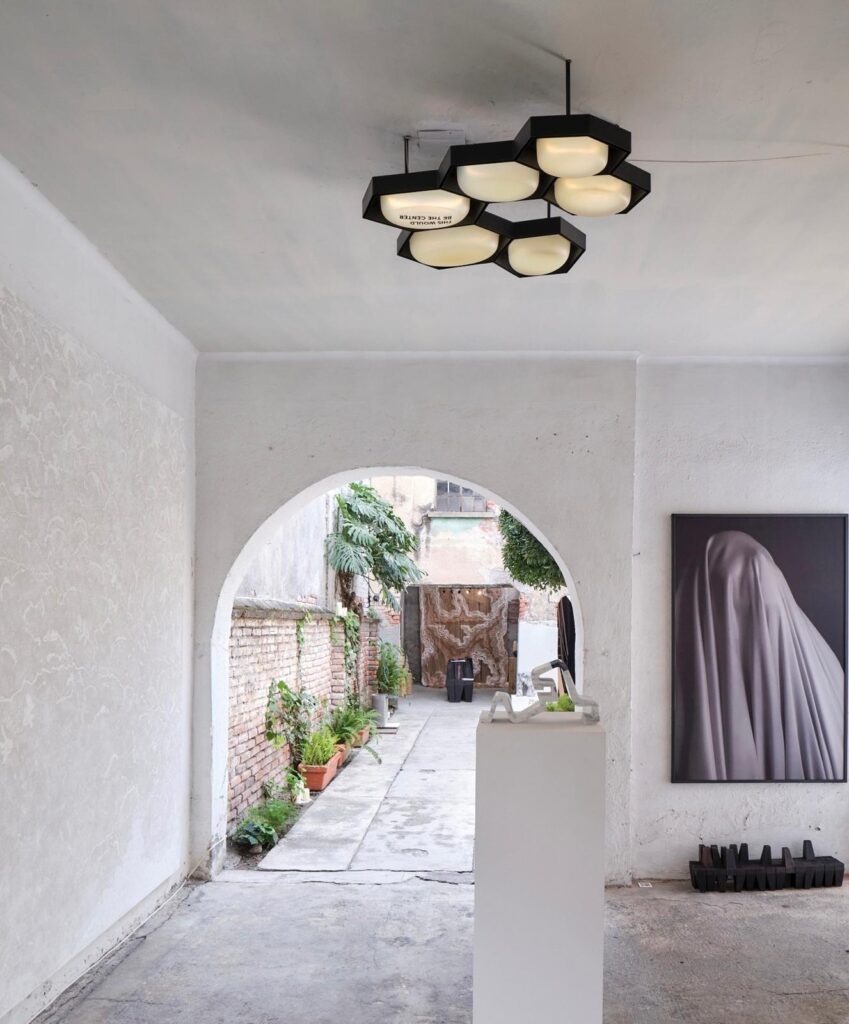
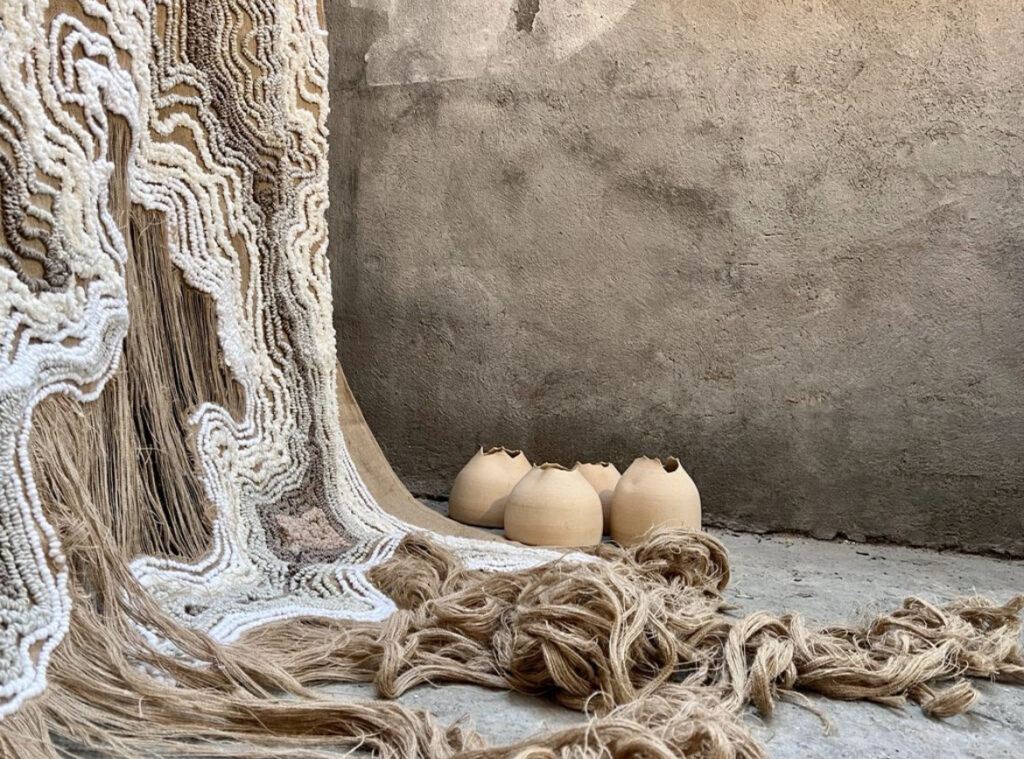

PURISMO
Art Week Mexico, Mexico City, 2022

The exhibition was curated by ALRATITOStudio and featured 19 national and international artists from the contemporary design field.
It brought together more than fifty works created in ceramic, textile, wood, stone, and metal, as well as photographic prints.
ALRATITOStudio seduced and challenged visitors through pure and raw forms.
A former abandoned gym, originally created exclusively for women, was repurposed to accommodate pieces stripped of embellishments, powerful in their honesty and simplicity, thus responding to a narrative and spatial coherence.
Race, gender, identity, and sexuality formed a journey between imperfection and detail that accompanied attendees from beginning to end.
